When I arrived in Vila Nova de Gaia, just across the river from Porto, I knew I had to check out the famous port wine cellars that line the Douro’s hillsides.
Touring these cellars gave me a real taste of the region’s winemaking traditions. The deep aroma of oak barrels hit me right away, and the guides—who seemed to know every nook and cranny—shared stories that stuck with me.
Each visit felt different, and I quickly realized there’s so much more to fortified wine than what ends up in your glass.
Taking guided wine tours through Gaia let me peek behind the scenes. I saw how port wine is aged and blended, and I got to try varieties I’d never even heard of before.
Meeting the folks who care for these cellars added a personal touch to every tasting. I started to understand why these places are considered some of the best in Portugal.
If you’re heading to Porto or thinking about exploring the Douro region, these cellar tours in Gaia deserve a spot on your travel list. The charm, tradition, and downright excellent port at each cellar made every stop something special.
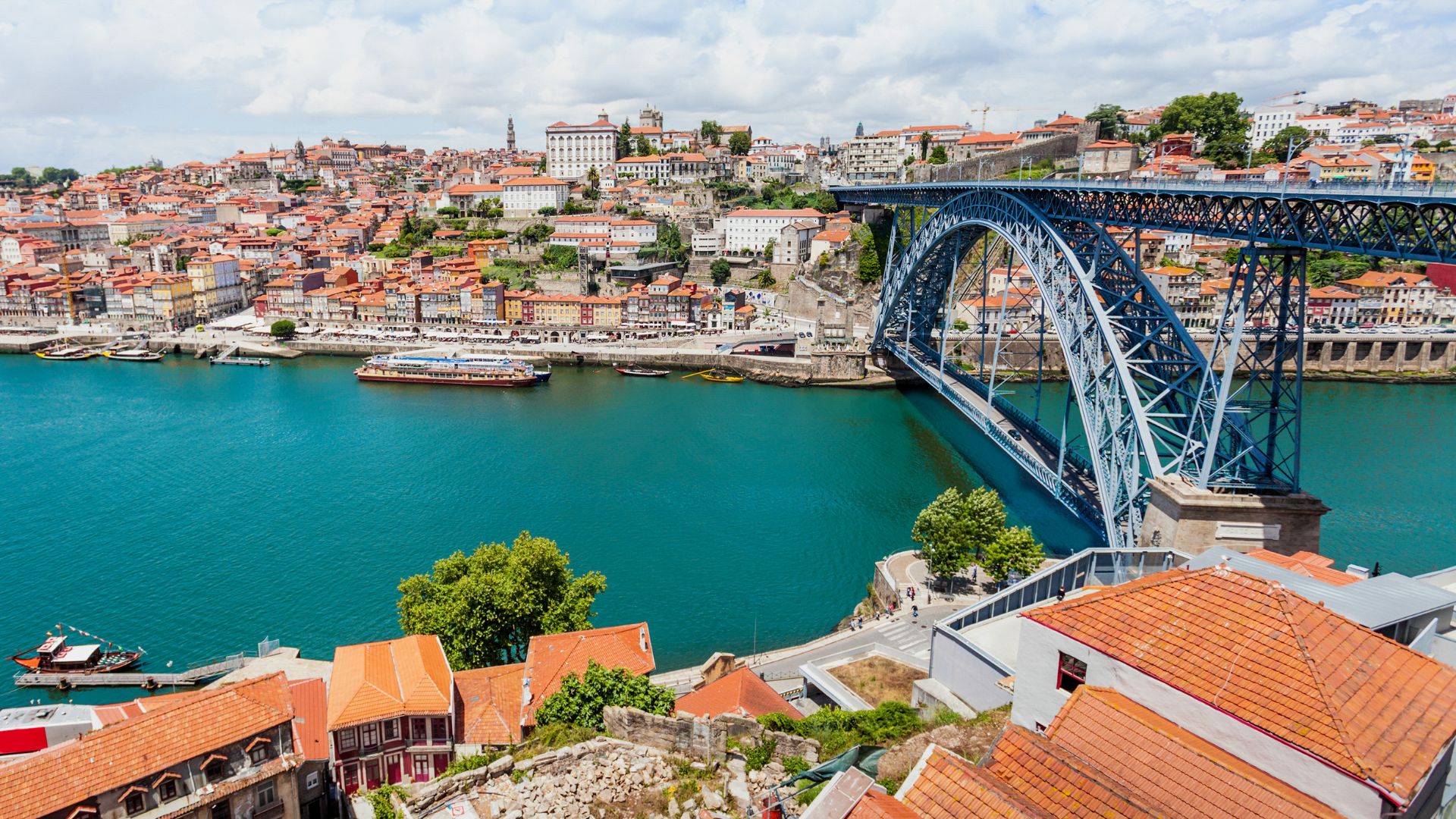
Why Gaia Is the Heart of Port Wine Cellar Tours
Gaia isn’t just a dot on the map—it’s the real center for exploring Port wine cellars. The mix of history, landscape, and tradition here sets the stage for memorable tasting adventures.
The History of Port Wine in Vila Nova de Gaia
Walking along the riverfront in Gaia, I always notice how the past is still alive. Long before travelers like me showed up to sip Port, Gaia became the main place for aging these famous wines.
Why did they pick Gaia? The steady, cool Atlantic breeze and the unique climate make it perfect for slow, proper aging.
This tradition goes back centuries. After harvest in the Douro Valley, the young wine traveled down the Douro River and ended up here.
Big names like Burmester, Cálem, and Sandeman set up their cellars in Gaia. The town filled up with rows of casks and a rich aroma that you can almost taste before you even step inside.
Today, these cellars still use methods rooted in centuries of Port-making. You can really feel that history when you visit.

The Significance of the Douro River and Douro Valley
Every Port wine story starts in the Douro Valley, but the Douro River ties everything together. The river not only shapes the land—it served as the “original highway” for moving wine to Gaia.
Before modern roads, barrels floated downstream on wooden boats called rabelos. People still celebrate this with races every June.
The Douro Valley is a patchwork of grape terraces. It’s one of the oldest demarcated wine regions anywhere, and every harvest brings a buzz of activity.
Standing on the banks near Gaia, I watch boats glide by and see how the landscape links village, vineyard, and cellar. The river connects the Douro’s growing fields to Gaia’s aging houses, so each glass of Port carries a piece of that journey.
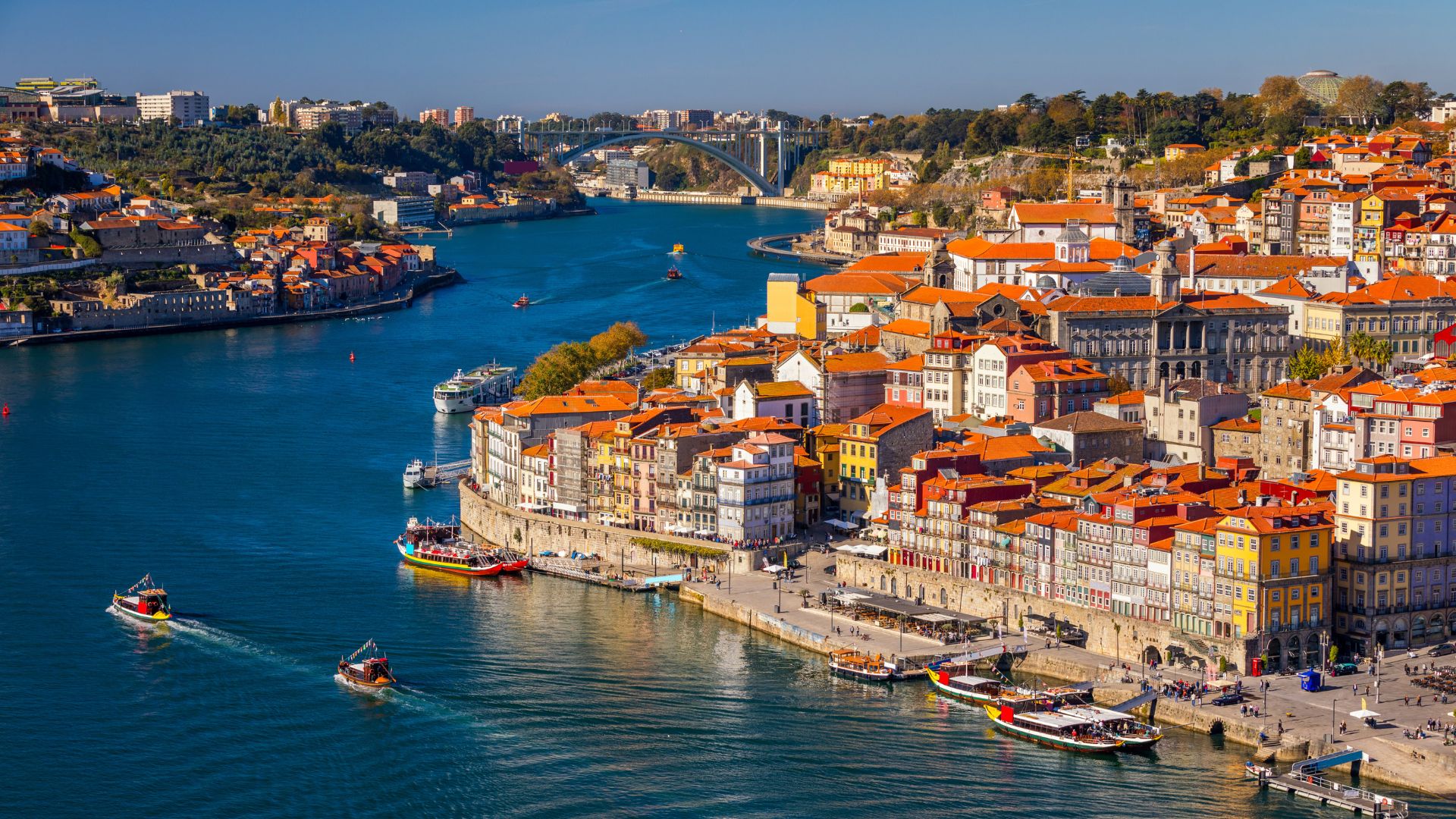
What Makes Gaia Different From Porto for Wine Lovers
At first glance, Porto and Gaia seem like twins, just separated by the river. But for wine lovers, Gaia is on a whole different level.
Almost every famous Port wine house is here, right across from Porto’s lively Ribeira district.
Here’s the thing: Gaia’s cellars are the real deal. They’re not just for show—they’re working museums. The air feels cooler and a bit damp, which is perfect for aging barrels slowly.
The cellars themselves are often centuries old. I love stepping into these shadowy storerooms with casks lined up in perfect rows. It’s not like a modern tasting room at all; it feels authentic and untouched by time.
Most tasting experiences here include guided tours, history lessons, and sometimes even food or Fado music pairings. Gaia puts you right inside the living history of Port wine. Every glass tastes like tradition.
Graham’s Lodge: Classic Tradition Meets Modern Indulgence
Graham’s Lodge brings centuries-old winemaking tradition to life, blending the art of port with a polished tasting experience.
This spot stands out for its guided insights into vintage port production, tailored tastings, and a chance to dine high above the Douro wine region.
Behind the Scenes With Graham’s Port Wine Production
When I stepped inside Graham’s, history seemed to seep from the walls. The old stone lodge, dating back to 1890, still stores rows of oak barrels aging port wine.
Guided tours take you right into the heart of vintage port production, from grape to glass.
A big highlight is seeing the ancient bottle cellar. Some of the region’s most treasured vintage port bottles quietly improve there over decades.
Friendly guides share stories about the Graham’s family and how Douro grapes become world-class port.
Private tours offer a more personal look at the process. Smaller groups move at a relaxed pace through the museum, barrel room, and production areas. It’s easy to ask questions and linger over the details that interest you most.
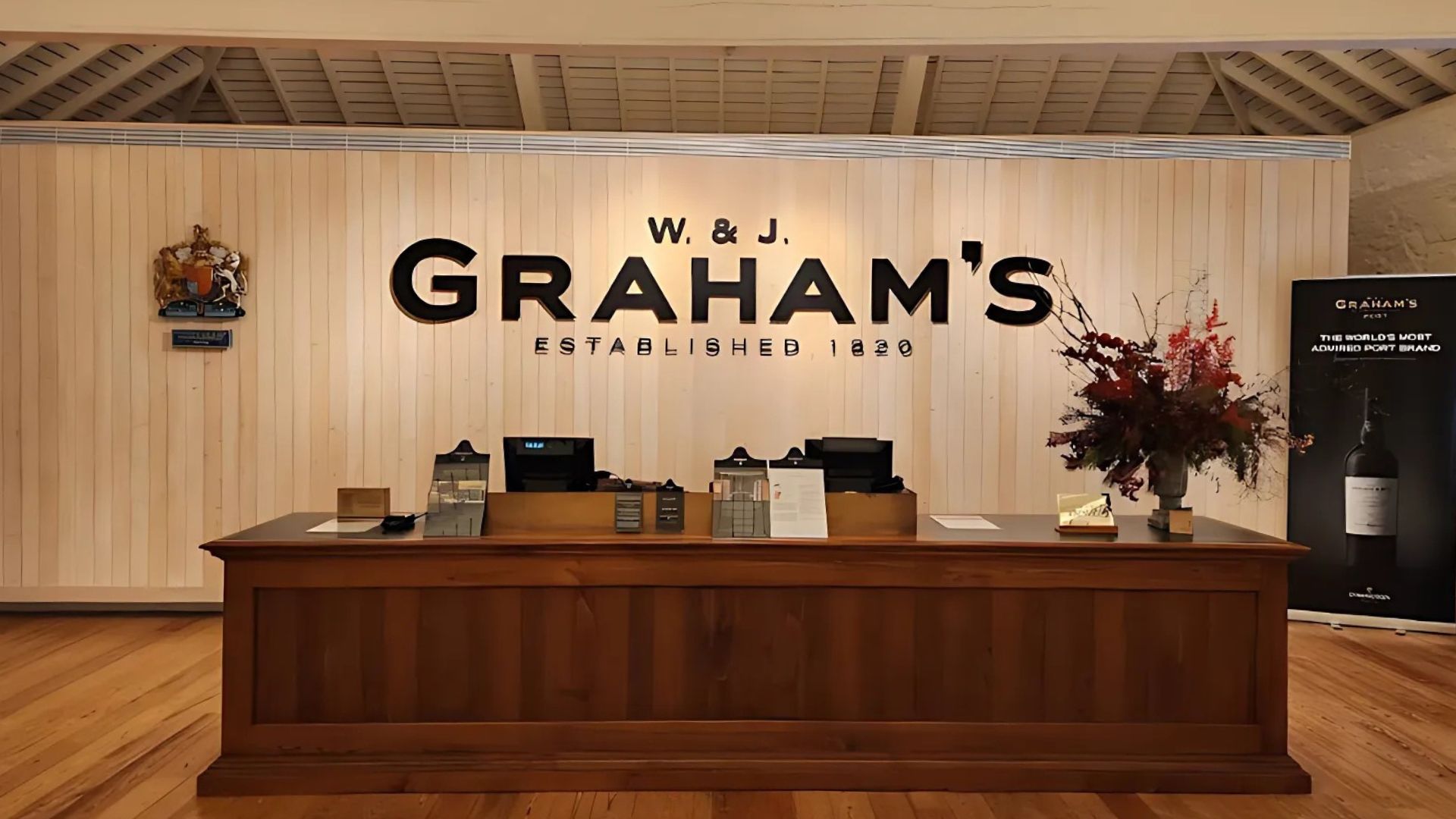
Exclusive Tastings and Premium Tasting Options
The tasting rooms at Graham’s Lodge might just be my favorite in all of Gaia. Every guest can sample classic ports, but the premium tasting options are where things get really interesting.
For a deeper dive, I booked a premium tasting in the Vintage Room. In this quiet space, staff poured rare bottles and explained the notes and stories behind each vintage port.
Tasting flights range from crisp white port to bold, aged tawnies and exceptional vintages.
If you want an even more exclusive experience, Graham’s offers private tastings. These are perfect if you’re curious about the differences between aged styles—or just want to treat yourself to a curated flight with expert guidance.
| Tasting Option | What’s Included |
|---|---|
| Classic Tasting | 3-4 signature ports |
| Premium / Vintage Tasting | Rare vintage & aged ports featured |
| Private Tasting | Personalized flight, expert guide |
Dining at Vinum Restaurant
After the tour, I headed to Vinum Restaurant, which sits right inside the lodge and overlooks the Douro River. The views of Porto are hard to beat.
The menu celebrates local flavors, with fresh seafood, high-quality meats, and ingredients sourced from the Douro region.
When I dined here, every course was paired with a Graham’s wine. The house specialties—like grilled octopus and aged beef—stood out, and desserts paired perfectly with a glass of port.
If you want the full experience, try the tasting menu for a wide sampling of regional dishes. The setting feels refined but relaxed, perfect for unwinding after exploring the cellars.
Reservations are a smart idea, especially for dinner.

Cálem Cellars: Interactive Wine Experiences and Local Culture
Cálem Cellars in Gaia stands out for its mix of history, interactive exhibits, and a real taste of local traditions.
It’s not just about sipping port—it’s about meeting the people and catching a glimpse of the culture behind the wine.
Guided Tours and Immersive Wine Tasting
When I stepped into Cálem Cellars, rows of oak barrels and the scent of aging port greeted me. The tour started in an interactive museum, where touch-screen displays and old tools made the story of port-making come alive.
I traced the journey from the Douro vineyards to the Gaia cellars on a digital map. Our guide, clearly passionate, led us through the cool, dim cellars while sharing stories about Cálem’s roots and how different ports are blended and aged.
The wine tasting here is hands-on. Each group gets a small table set with two or three distinct ports to compare.
Each glass comes with background and tasting notes. With the guide’s help, I could really pick out the differences in flavors.
The cellar’s location right by the waterfront added something special. Tasting port while hearing the boats below made the whole thing feel even more rooted in Porto’s traditions.
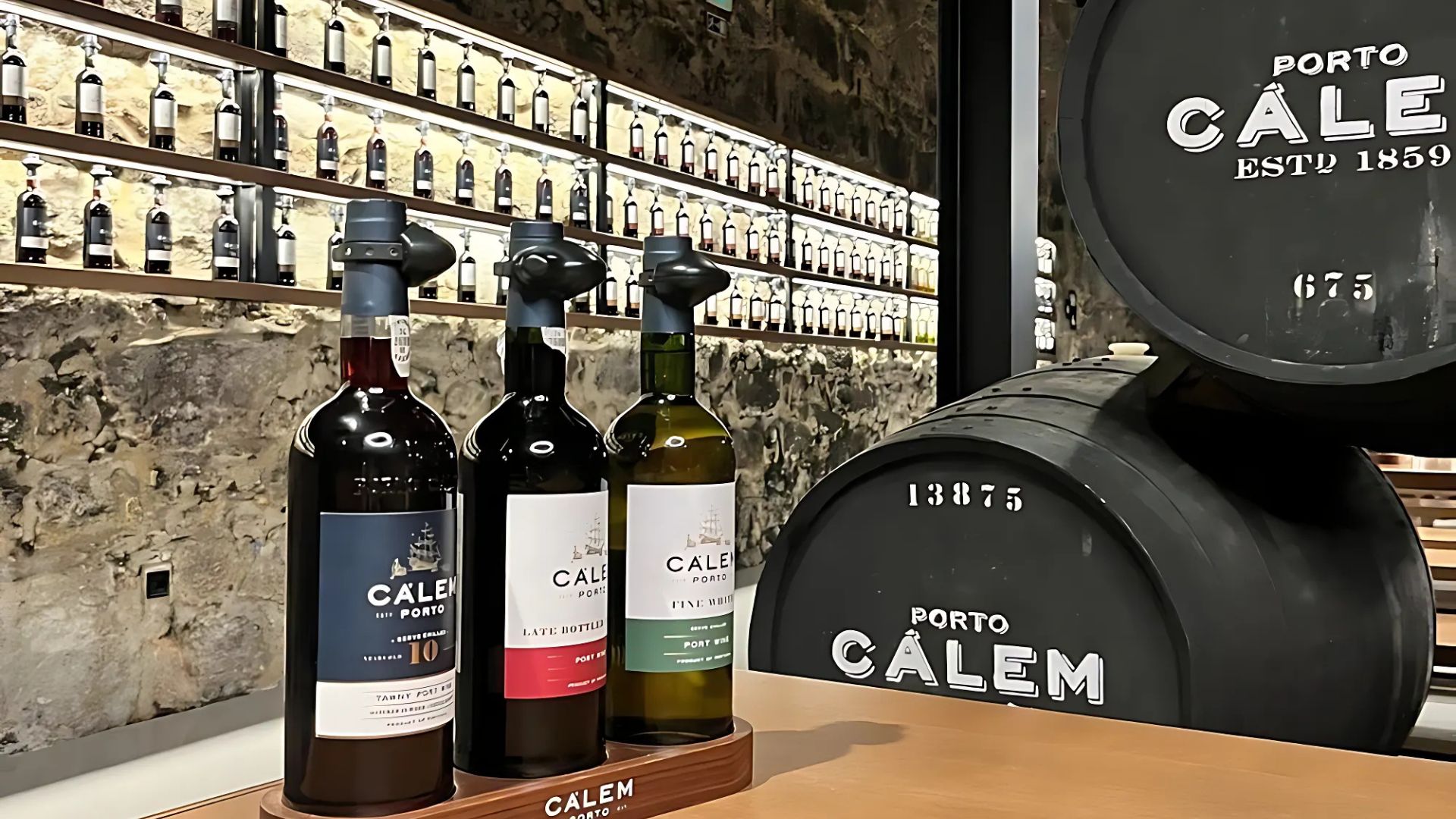
Learning About White Port and Tawny Port
At Cálem, the focus goes beyond just ruby ports. I sampled both white port and tawny port, each with its own backstory.
The guide explained how white port uses local white grapes and is often served chilled—sometimes even as a mixer with tonic water.
The tawny port I tried had spent years aging in small barrels, giving it those soft, nutty flavors. The museum displays, with their simple graphics, made it easy to understand what sets tawny apart: the longer, slow oxidation and that signature amber color.
There’s also a tasting comparison. I noticed hints of dried fruit and caramel in the tawny, while the white port tasted lighter and fresher. If you want to really understand port, Cálem lets you learn by tasting side by side.
Fado Music Nights by the Waterfront
Cálem Cellars hosts weekly Fado nights, which is something you won’t find everywhere. The cellars put on live Fado music performances right by the river.
I went to one of these evenings after my tour and tasting. With a glass of port in hand, I listened as the soulful Portuguese songs echoed off the old stone walls.
The setting felt intimate. Candlelit tables, soft lighting, and the close sound of guitars made the experience personal—even a bit emotional.
The music, the wine, and the view of the Douro all came together to create a sense of place you just can’t fake.
If you’re planning a visit, check the schedule and book tickets ahead. Sitting by the waterfront, sipping port, and listening to live Fado was a highlight I’m not likely to forget.
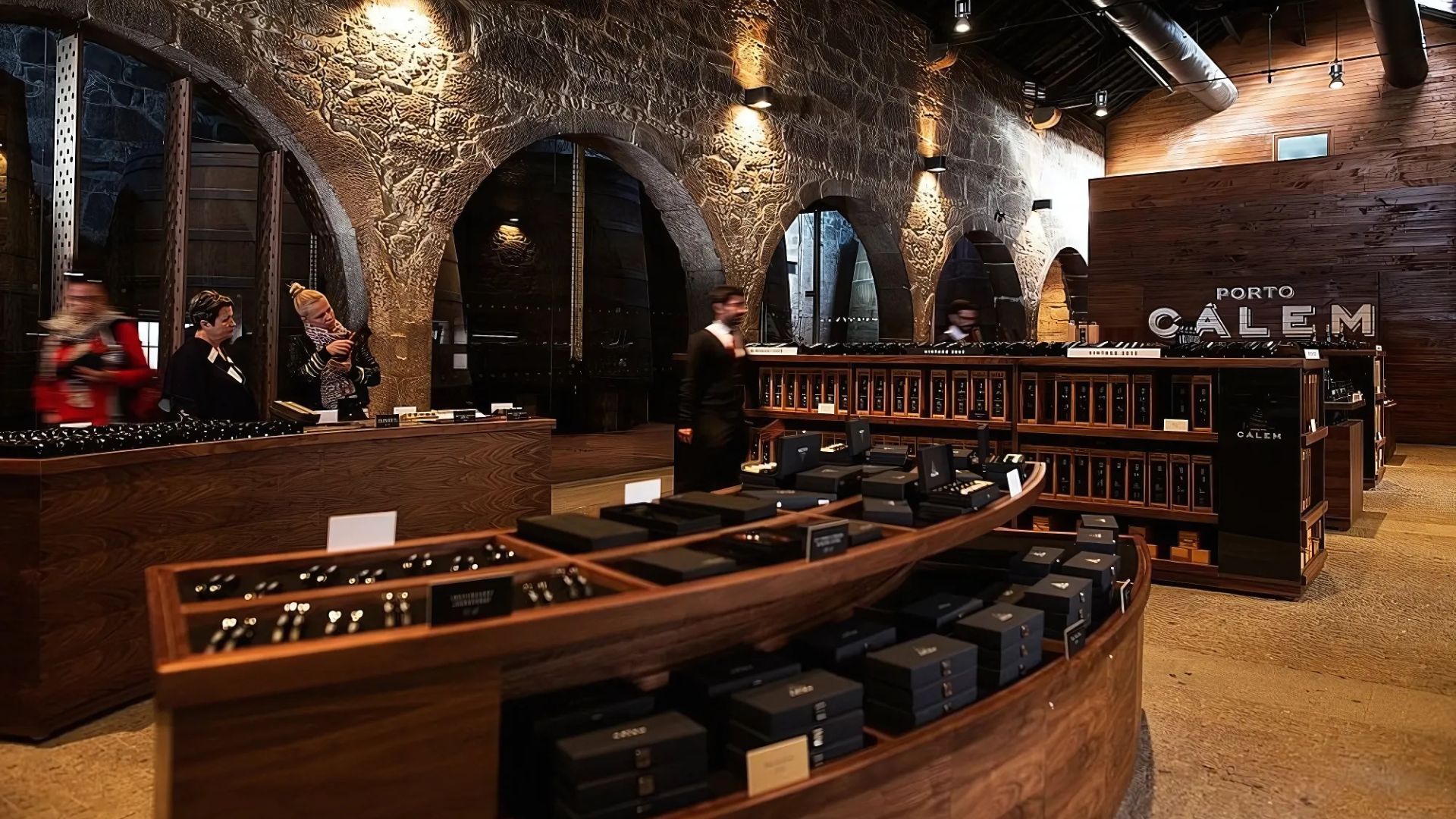
Taylor’s Port: Stories, Scenery, and Signature Tastings
At Taylor’s Port in Gaia, tradition meets the present in a way that feels both special and inviting.
I was drawn by the rich history, stunning views, and a tasting experience that balanced old favorites with some unexpected surprises.
Exploring the Historic Taylor’s Port Lodges
Walking into Taylor’s Port lodges, I felt the weight of centuries. They’ve been aging port wine here since 1692.
Thick stone walls and long rows of oak barrels set the scene for stories that take you back in time.
The guided audio tour shared details about the Douro Valley grapes, slow barrel aging, and the Taylor’s family. I liked that it was self-paced—I could stop to look at the old tools or peek at shipping ledgers with names and dates from hundreds of years ago.
Taylor’s is known for its ruby port and aged tawny port. The team’s knowledge really came through in every answer to my questions.
The atmosphere made it easy to imagine what life was like when port was shipped in barrels down the Douro River and off to England.
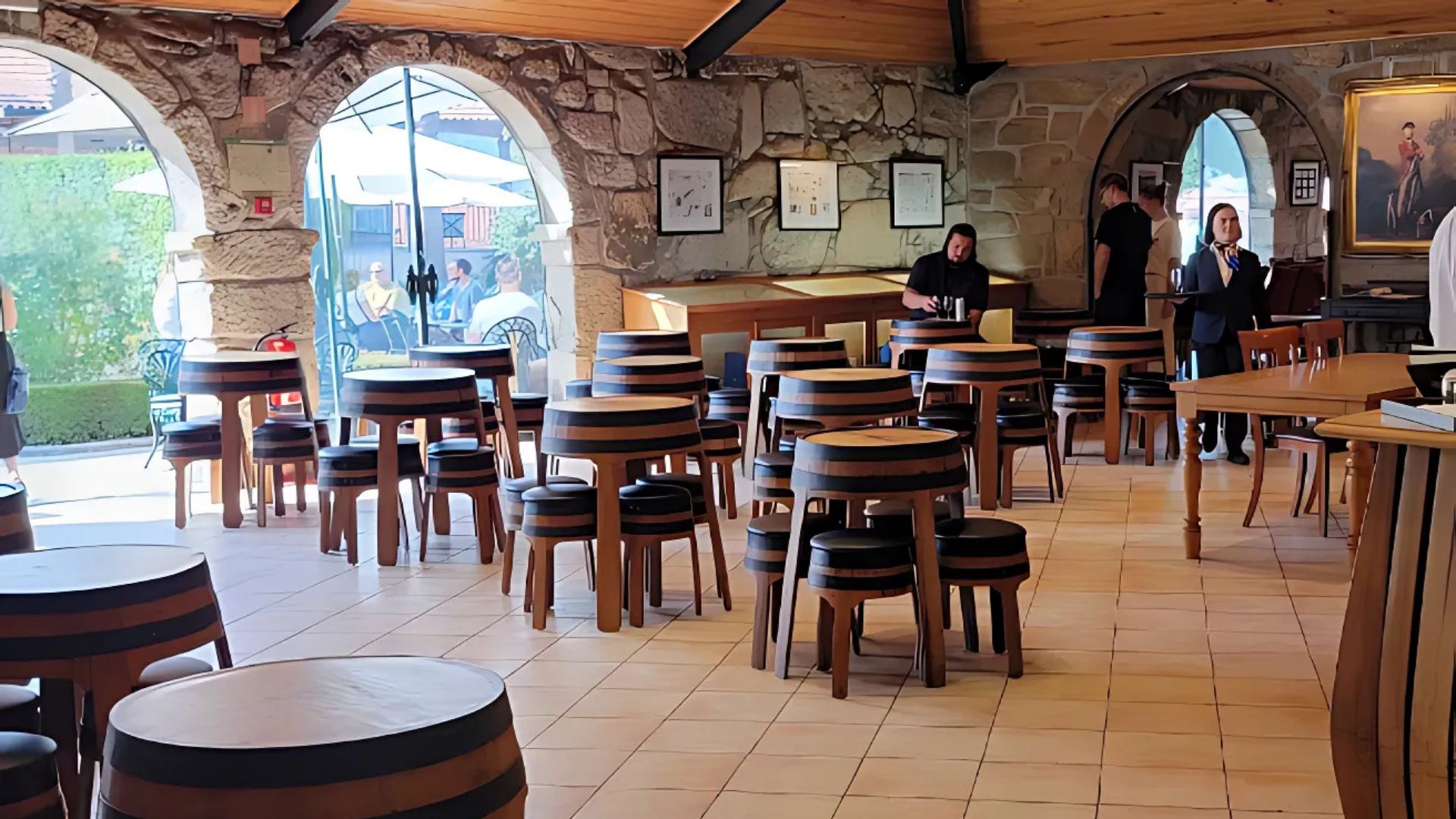
Garden Views Over Porto and the Douro
One of my favorite moments was stepping into Taylor’s garden terrace. The view—wow. Neat grapevines frame a panorama of Porto’s red rooftops and the wide Douro River below.
I sipped a glass of port while watching boats move along the river. The garden is quiet and green, with peacocks wandering between the tables.
It’s easy to linger, take photos, or jot down tasting notes. Taylor’s garden isn’t just pretty—it makes the whole tasting feel more relaxed and open.
I even saw people reading or sketching in the shade, soaking up the scenery along with the wine.
Cheese Pairing and Unique Tasting Options
Taylor’s tasting offers plenty of choices. Most standard tours include three port wines: a crisp white (Chip Dry), a fruity Late Bottled Vintage (LBV), and a smooth 10-year-old tawny.
If you pay extra, you can try older tawny or bold vintage ports for richer, deeper flavors.
One highlight for me was the cheese pairing. Taylor’s offers plates with local Portuguese cheeses matched to each port.
For example, the creamy Queijo da Serra goes perfectly with a sweet aged tawny. You can also try chocolate or nut pairings, but for me, the cheese stood out.
The staff gave clear advice on what to try together, and every pairing brought out new flavors in both the port and the cheese.
For families, there’s even grape juice and cookies for kids, so everyone can join in.
Tips for Planning the Perfect Port Wine Cellar Tour in Gaia
Timing, logistics, and picking the right experiences can turn your visit to the cellars in Vila Nova de Gaia into a highlight. You don’t have to be a wine expert—just a bit of planning goes a long way.
How to Get to Gaia and Moving Between Cellars
Getting to Vila Nova de Gaia isn’t complicated. I usually start out in Porto and just walk across the Dom Luís I Bridge.
Honestly, the views from up there are incredible. You’ll want your camera handy!
Public transport is cheap and pretty reliable. The metro and buses run to Gaia all the time.
Once you’re in Gaia, most wine cellars line the riverfront, close together. Walking is definitely the easiest way to get around, especially if you want to visit a few cellars in one day.
Wear comfortable shoes—the cobblestones can be rough. At the end of a long day, taxis or rideshares come in handy.
Many cellars have clear signs, but I’d still grab a map or just use Google Maps. It saves hassle if you get turned around.
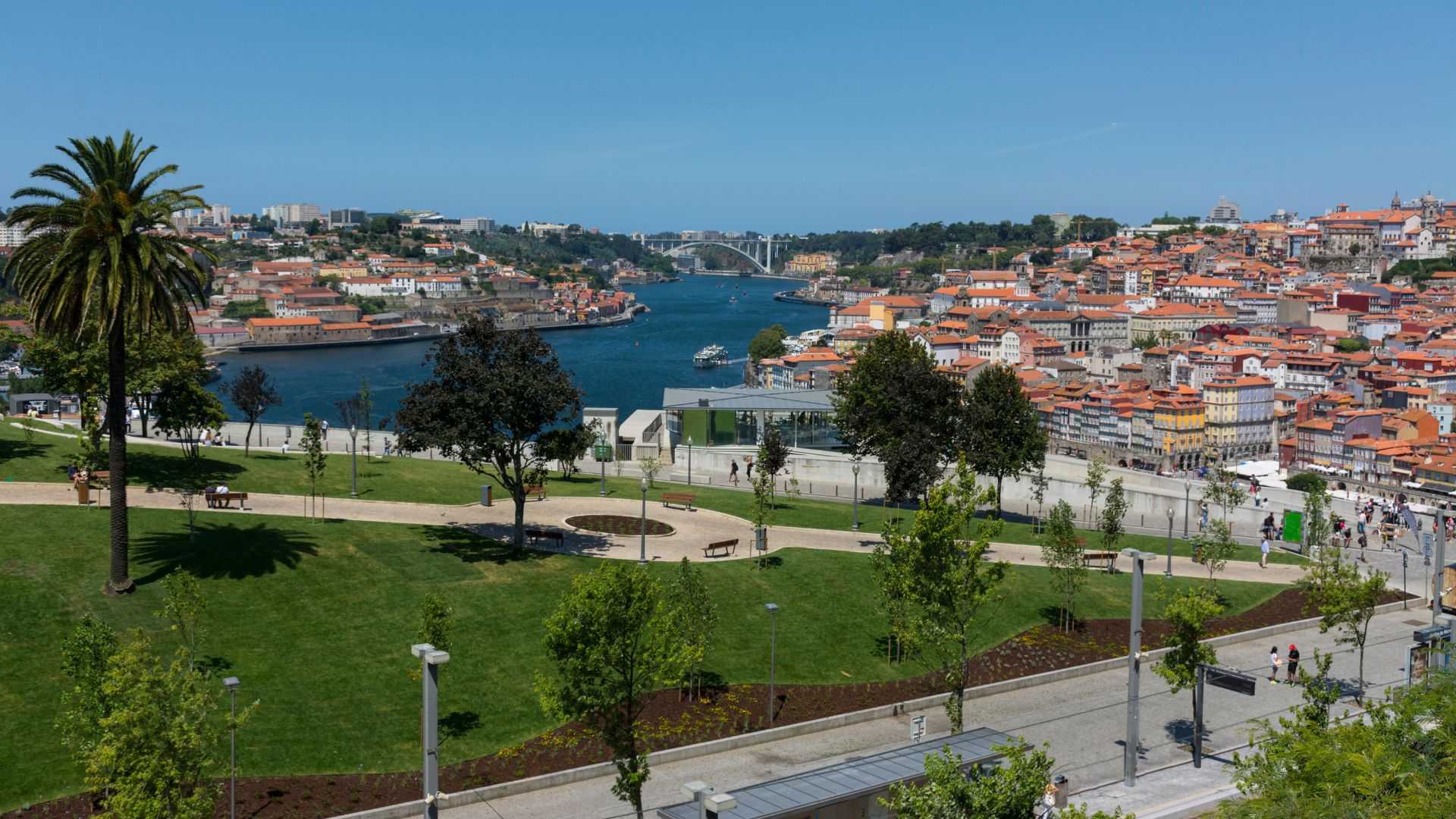
Choosing the Right Wine Tasting Experiences
Wine tours in Gaia aren’t all the same. Some offer quick tastings, while others actually walk you through the cellars and explain the port-making process.
If you’re just curious, a standard tour with a three-wine tasting is usually enough. But if you’re a bit more into wine, I’d recommend places like Kopke or Ferreira—they let you try older, more interesting ports.
Always check what’s included before you book. Some cellars let you taste premium vintages or offer cheese and chocolate pairings.
I try to ask if there’s a way to upgrade to a specialty tasting. Trust me, the difference can be massive.
If you’re with friends, a small group tour feels more social and lively. Each cellar has its own vibe, so hopping between a few really shows off Gaia’s variety.
Booking Private Tours and Premium Experiences
When I want something a bit more special, I’ll splurge on private tours. There’s just something about hearing those in-depth stories or finding a quiet spot for a tasting that feels worth it.
A lot of cellars in Gaia offer these experiences. Some even let you book tours outside the usual hours, which is a nice perk.
If you’re planning to visit in summer or on a weekend, it really pays to book early. Some premium experiences give you access to exclusive library tastings or spots that only staff usually get to see.
I always check reviews or poke through travel guides before picking a cellar. It’s the best way to find places with standout guides and something a little different.
If you’ve got specific interests or dietary needs, don’t be shy—just call or email the cellar. Most of them seem genuinely happy to personalize things and turn a fun outing into a memorable wine adventure.

